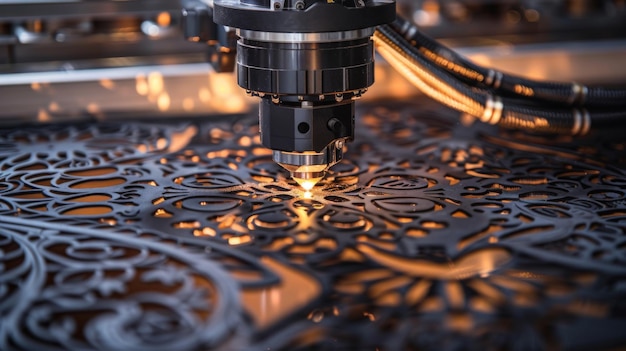In the dynamic world of electronics, mastering electronics assembly techniques is crucial for anyone involved in manufacturing and design. These techniques not only enhance quality but also streamline production processes, making them highly valuable for exporters and importers. Understanding the various electronics assembly techniques ensures that products meet industry standards and consumer expectations.

Introduction to Electronics Assembly
Electronics assembly involves the meticulous process of combining electronic components to produce functional devices. From simple gadgets to complex machinery, assembly techniques play a pivotal role in ensuring efficiency, reliability, and performance.
Importance of Correct Assembly Techniques
Utilizing the right techniques in electronics assembly minimizes errors, reduces costs, and enhances durability. Custom manufacturing often depends heavily on these precise methods to drive innovation and meet specific client needs.
Key Components of Electronics Assembly
Understanding the basic components involved in electronics assembly is essential for anyone entering the field. This includes circuit boards, soldering units, and intricate wiring systems.
Soldering Techniques
Soldering is a fundamental aspect of electronics assembly. Modern techniques have evolved, offering varied methods like surface mount technology (SMT) and through-hole soldering, each suited to different applications and device requirements. Prototyping often benefits from advanced soldering techniques to refine designs efficiently.
Surface Mount Technology (SMT)
SMT components are directly mounted onto the surface of printed circuit boards (PCBs). This technique is popular for its capacity to accommodate smaller components and produce more compact devices.
Through-Hole Soldering
This traditional method involves inserting component leads through holes in the PCB. It’s known for providing strong mechanical bonds, ideal for components subjected to mechanical stress.
Inspecting Assembly Quality
Quality control in electronics assembly is vital. Various methods such as automated optical inspection (AOI) and X-ray inspection ensure components are correctly assembled without defects, ensuring product reliability.
Automated Optical Inspection (AOI)
AOI utilizes cameras to detect flaws in assembled boards, offering a quick and effective means of maintaining quality standards during the manufacturing process.
X-Ray Inspection
X-ray systems provide detailed views of concealed solder joints and internal layers of PCBs, making them indispensable for detecting hidden defects in complex assemblies.
Environmental Considerations
Sustainability is becoming increasingly important in electronics assembly. Techniques that reduce waste and enhance recyclability are vital in the effort to develop greener electronics. Learn more about building a greener future in sustainable electronics.
Integration with Supply Chain
Effective electronics assembly is integral to modern supply chains, enabling seamless integration and efficient production cycles. Innovations in global supply chains are reshaping the manufacturing landscape. To understand this better, read about the future of global supply chains.
Emerging Trends in Assembly Techniques
With evolving technology, new trends like 3D printing and AI-driven assembly are transforming traditional methods. These innovations promise to boost efficiency and accuracy significantly.
3D Printing in Assembly
3D printing allows for rapid prototyping and customization, reducing upfront costs and lead times. It’s revolutionizing the way electronic components are designed and assembled.
AI-Driven Assembly
Artificial intelligence optimizes electronics assembly techniques by improving precision and reducing human error. As AI technologies advance, their role in manufacturing continues to grow.
Challenges in Electronics Assembly
While advancements offer many benefits, challenges like component shortages and technological complexities persist. Overcoming these challenges requires continuous innovation and adaptation.
Component Shortages
Global disruptions often lead to component shortages, impacting production timelines. Strategic planning and supply chain diversification are crucial to mitigate these effects.
Technological Complexities
The increasing complexity of modern electronics demands advanced skills and technologies to ensure effective assembly and production, driving the need for ongoing education and training in the sector.
Conclusion
Mastering electronics assembly techniques equips manufacturers with the tools necessary to thrive in a competitive industry. By adopting modern technologies and addressing current challenges, exporters and importers can ensure their products meet the highest standards.

FAQs
What are the main techniques used in electronics assembly?
Key techniques include surface mount technology, through-hole soldering, and advanced inspection methods such as automated optical inspection and X-ray inspection.
How do AI and 3D printing impact electronics assembly?
AI enhances precision and efficiency, while 3D printing enables rapid prototyping and customization, significantly transforming traditional assembly methods.
Why is sustainability important in electronics assembly?
Adopting sustainable practices reduces environmental impact, minimizes waste, and leads to the production of greener electronics, responding to increasing consumer and regulatory demands.


